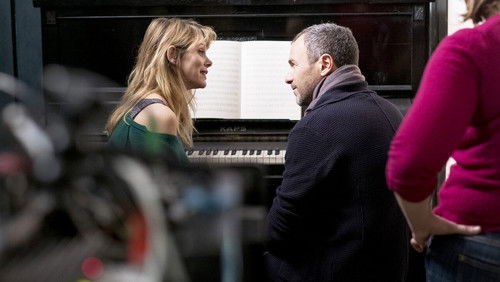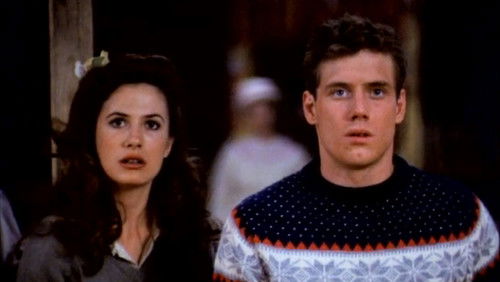Nemuri Kyôshirô: Hitohada gumo (1968)
41KNemuri Kyôshirô: Hitohada gumo: Directed by Kimiyoshi Yasuda. With Raizô Ichikawa, Mako Midori, Maka Sarijo, Yûsuke Kawazu. Our anti-hero discovers locals who are oppressed, held captive against their will. For the swordsman to succeed, he first must wade through traps and assassins, and a few seductive maidens.
“Thereu0026#39;s no deviation from the Nemuri Kyoshiro formula here. If it ainu0026#39;t broke donu0026#39;t fix it Daiei probably thought, which is what turned Daiei properties like Nemuri and Zatoichi in the staples of puply chambara cinema they are. Nemuri arrives at a small village, a fight is posed then postponed, thereu0026#39;s a place called the Devilu0026#39;s Fortress and people are being kept locked there and tortured by the villainy occupants, then at some point the villainy occupants are introduced to us by name and a shadowy connection to the Shogun is implied. Thereu0026#39;s usually a u0026quot;Spider Womanu0026quot; involved, sheu0026#39;s as beautiful as she is wicked, this time played by Makao Midori who gives a great show, and all the bad guys are cartoon cutouts that spell u0026quot;evilu0026quot; none too subtly.u003cbr/u003eu003cbr/u003eFor the next hour the road spits out wily female assassins at Nemuri, who chops them down or seduces them out of their clothes then chops them down. Itu0026#39;s no wonder that Nemuri has almost completely lost track of his initial purpose established in the first movies of the series: revenge against the devilish priest who raped and killed his mother during a Black Mass. Female assassins have been throwing themselves at him for the past 6-7 movies and heu0026#39;s bed most of them down.u003cbr/u003eu003cbr/u003eIt all gets a bit repetitive after a while but the explosive finales promised by the Nemuri series almost without fail make every one of these movies worthwhile. Here the devious scheming son of the Shogun becomes witness to the Full Moon Cut like so many before him, thereu0026#39;s a decrepit cabin out in the fields, fake papier-mache crows fly over it and a woman lays crucified inside, we are treated to not-so-subtle repudiations of samurai honor, and Nemuri recovers the young protégé he was looking for but not exactly as he was hoping. Like a Roger Corman Poe film, Human Tarantula opens with closeup shots of an inky substance flowing in abstract patterns and ends with a cursed castle going up in flames, and like a Roger Corman Poe film, itu0026#39;s not so much the familiar plot that makes it worthwhile, but the charismatic protagonist and the extravagant set-pieces of stylized violence.u003cbr/u003eu003cbr/u003eThe recreation of the Black Mass that shows up here as Nemuriu0026#39;s memory (reverie?) is probably the most impressive thing in the movie, itu0026#39;s like something out of a Sergio Martino giallo with a naked Japanese woman in place of a naked Edwige Fenech. A pale female body hovers in complete darkness, fire-engine red blood trickles down on it, and a procession of hooded figures carrying candles circles at the bottom of the frame.u003cbr/u003eu003cbr/u003eWhat sets this one apart is the great score that sounds like the opening bars from a Morricone spaghetti western punched through with lots of crooning by eerie female voices. Sergio Leone may had seen Yojimbo in a Rome theater back in 1960-1 but it probably wasnu0026#39;t until this point in time when spaghetti exports hit Japanese screens – those showing u0026#39;foreignu0026#39; movies at least, because most of the rest were playing Tohou0026#39;s kaiju movies, Daiei chambara like Zatoichi (Nemuri was probably the one impressionable teenagers had to sneak in to see because the tone is darker and the content more perverse), goofy teen comedies and Ken Takakurau0026#39;s and Koji Tsurutau0026#39;s ninkyo eigas.”









